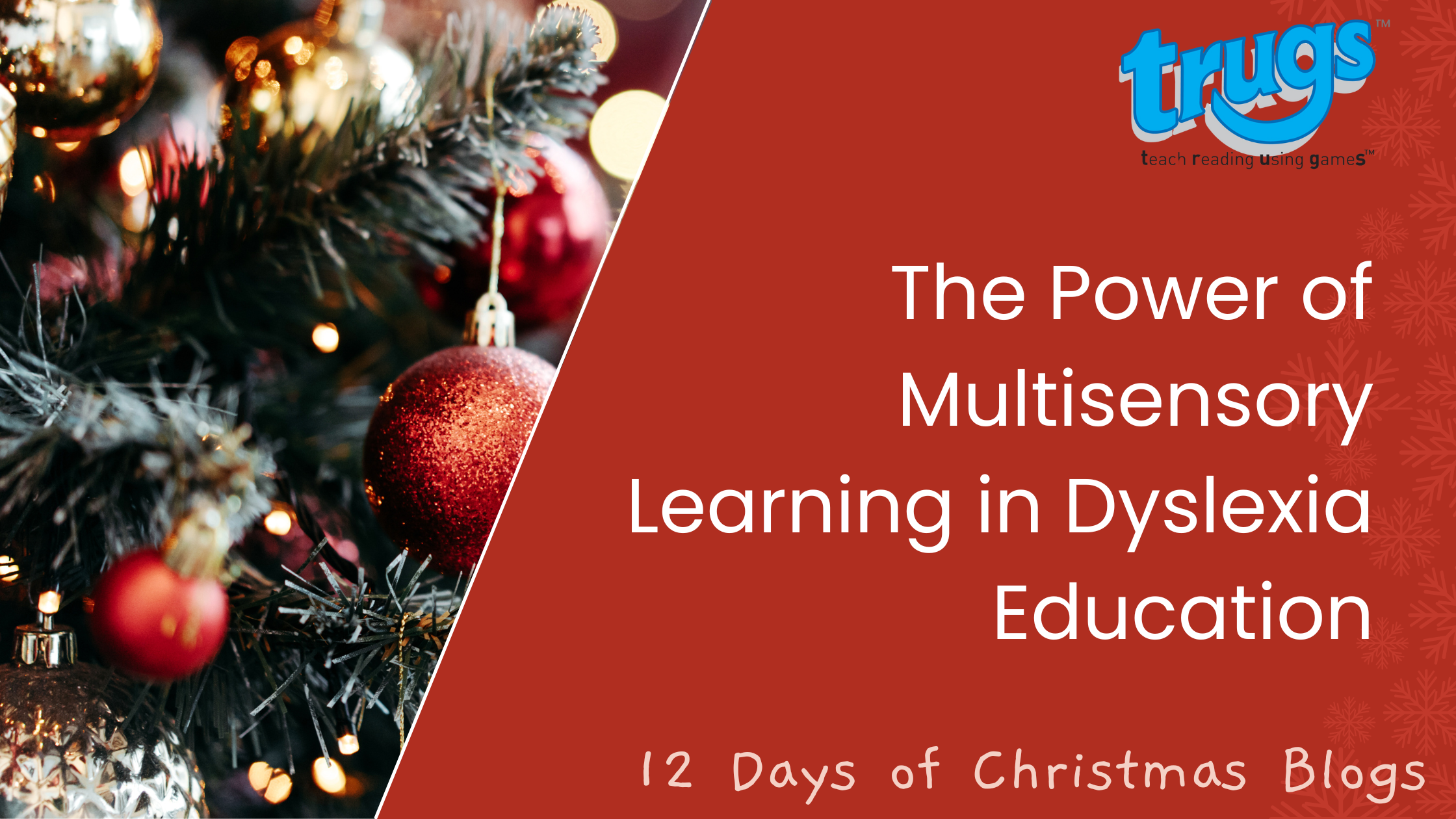Multisensory learning, an approach that engages multiple senses, is particularly effective in dyslexia education. It integrates visual, auditory, kinaesthetic, and tactile elements, making learning more engaging and effective for children with dyslexia.
Visual aids such as colourful diagrams and mind maps help in visualising concepts. Auditory methods, like phonetic instructions and audiobooks, aid in developing listening skills and phonemic awareness. Kinaesthetic activities, involving movement, like building words with letter tiles, reinforce learning. Tactile methods, like tracing letters in sand, enhance fine motor skills and letter recognition.
This holistic approach caters to individual learning styles, ensuring no child is left behind. It also aids in memory retention, as information presented in multiple formats is more likely to be remembered.
Incorporating multisensory learning in everyday lessons not only benefits dyslexic learners but all students, fostering a more inclusive and effective learning environment.

